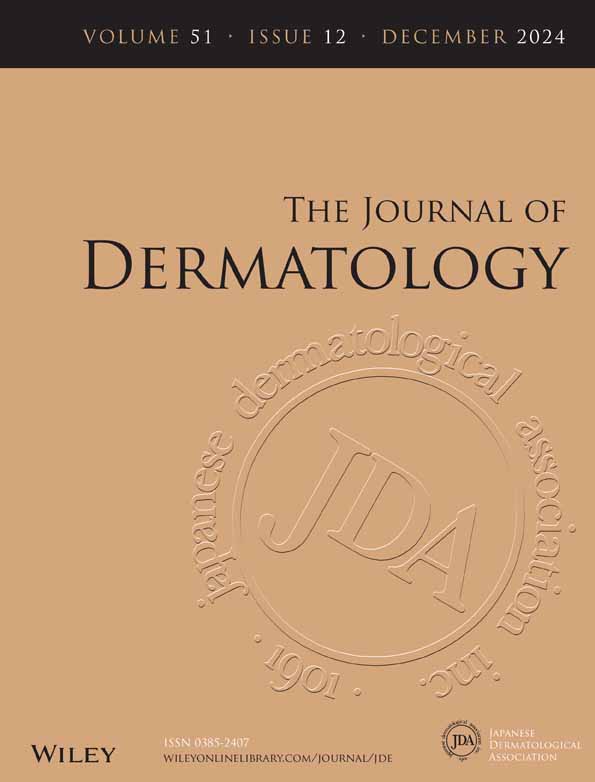Treatment patterns and healthcare resource utilization among patients with alopecia areata: A real-world chart review in South Korea
Abstract
Alopecia areata (AA) is a clinically heterogeneous, immune-mediated, non-scarring hair loss disorder. This real-world chart review sought to characterize treatment patterns and healthcare resource use among patients with severe AA in South Korea. A web-based chart review of 40 dermatologists was conducted in which the medical charts of 151 adult patients diagnosed with severe AA between May 2019 and April 2021 were reviewed. Anonymized data on patient characteristics, treatment patterns, healthcare resource use, and clinical outcomes were extracted from the date of severe disease diagnosis until the date of data collection (September–November 2022). Sixty-six percent of patients were diagnosed with severe disease at initial presentation, while 34% were re-classed to severe during the disease course. Mean estimated patient age at the time of diagnosis of severe AA was 37.1 (range 22–68) years. Fifty-three percent of patients were male. Most patients (93.4%) received pharmacological treatment for their condition; 45.5% received ≥2 lines of treatment with a mean duration of 24 months. First-line treatment discontinuation due to lack of efficacy occurred in 46.0% of cases. Hair regrowth occurred in 71.0% of patients, 59.2% of whom experienced major regrowth (≥60%) during the follow-up period. Median (95% confidence interval) time to regrowth was 13.7 (11.0–20.6) months. Treatment visit rates per person-year ranged from two (phototherapy) to 10 (topical treatment), dermatologist visits occurred at a rate of 12.9 per person-year and 6.0% of patients were hospitalized due to alopecia areata. The majority of hospitalizations were related to treatment and occurred in patients who received pulse systemic corticosteroid therapy. The patient and economic burden of AA in South Korea is high and there remains a critical unmet need among patients with severe AA with respect to the effectiveness of commonly used treatment strategies.
CONFLICT OF INTEREST STATEMENT
This study was sponsored by Eli Lilly and Co., Ltd. of which J.L., D.K., and R.N. are employees and minor shareholders. The study was conducted by Fortrea, of which M.W., P.M., and A.S. are employees. J.C. and O.K. are consultants for Eli Lilly and Co, Ltd., but were not paid for authorship.




